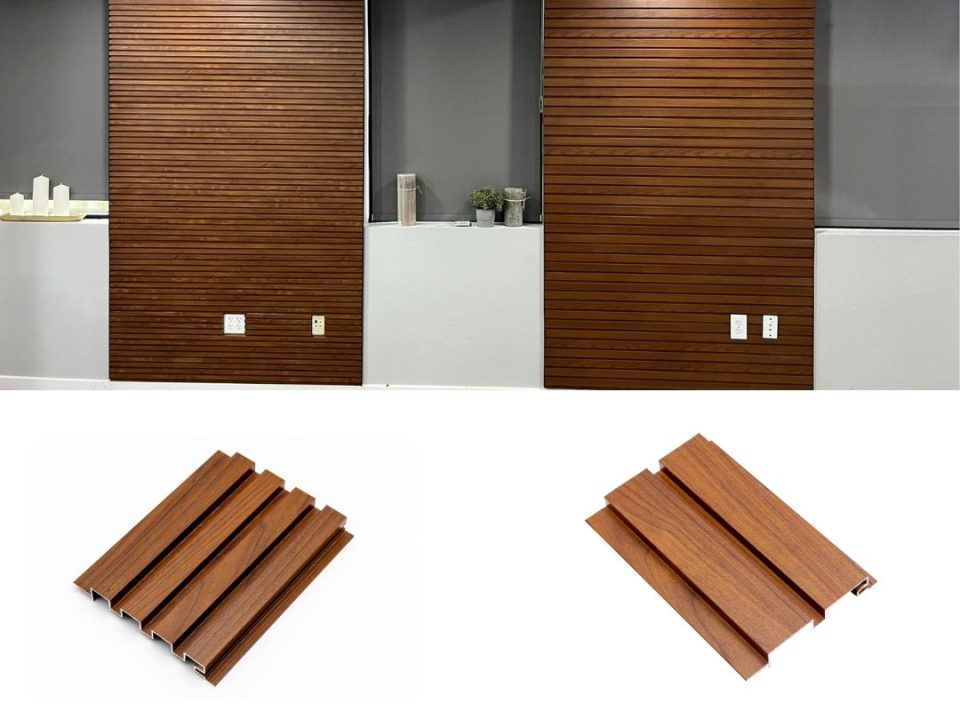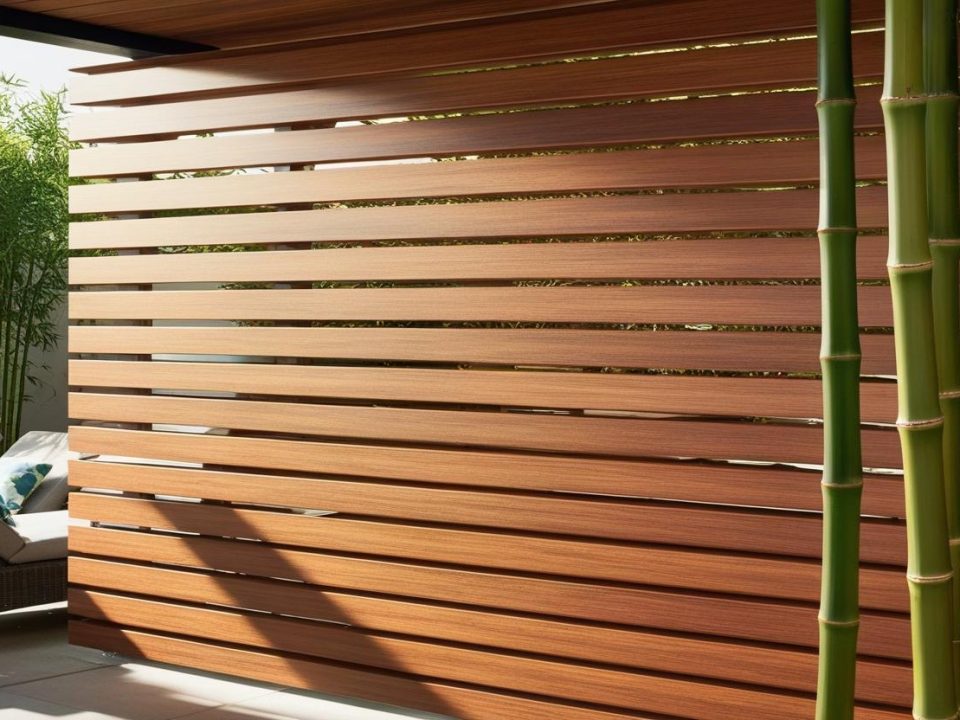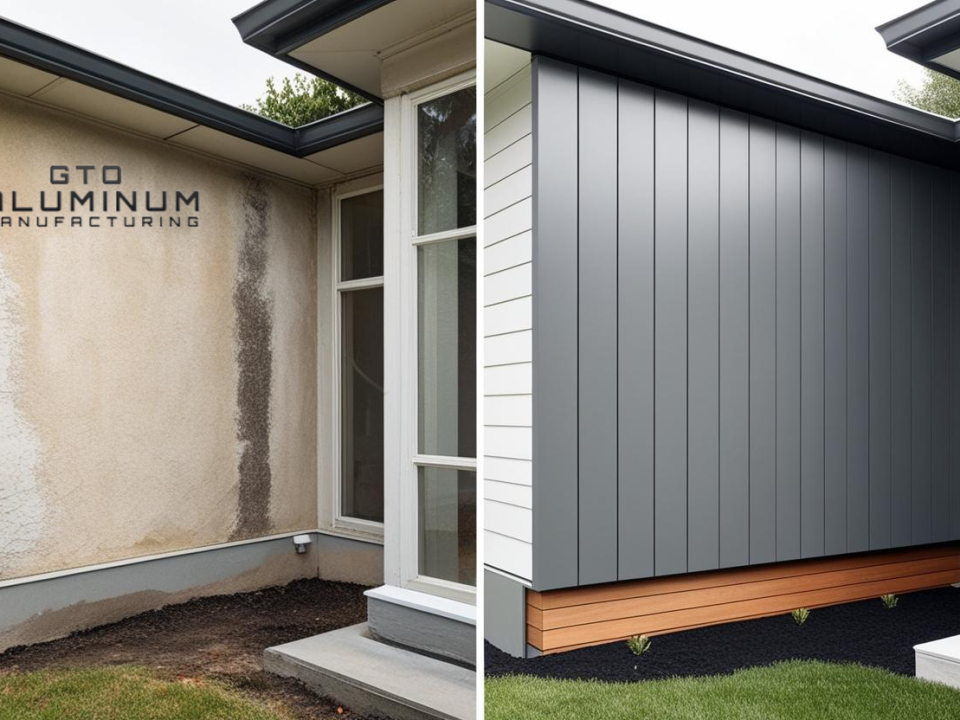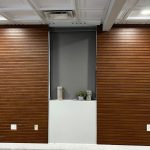
Is aluminum cladding expensive?
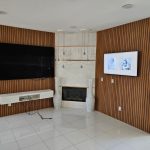
Top 5 Interior Cladding Materials in 2024

Introduction to Exterior Cladding
Your home is a reflection of your style, taste, and personality. And what better way to enhance its aesthetic appeal while protecting the elements than with exterior cladding?
Whether you’re building a new house or looking to revitalize your existing one, choosing the right exterior cladding materials is crucial.
In this blog post, we’ll delve into the world of exterior cladding and explore some of the best exterior cladding materials available.
Join us as we navigate through factors to consider when selecting exterior cladding materials, maintenance requirements, pros and cons of each option, cost comparisons – everything you need to make an informed decision on finding that perfect exterior façade for your beloved abode.
Get ready to elevate your home’s curb appeal with these top-notch exterior cladding materials!
5 Factors to Consider When Choosing Exterior Cladding Materials
When it comes to choosing the right exterior cladding material for your home’s exterior, there are several factors that you need to consider:
1. Climate: The cladding material should be able to withstand the weather in your area, including rain, wind, sunlight, and extreme temperatures.
2. Style: Consider the desired aesthetic appeal for your home. Some materials are better suited for modern or contemporary styles, while others are better suited for traditional or rustic designs.
3. Maintenance: Choose a material that requires minimal maintenance to keep it looking its best.
4. Cost: Consider the upfront cost of the cladding material, as well as potential long-term savings due to durability and energy efficiency.
5. Sustainability: Choose cladding material made from recycled or renewable materials to reduce your environmental impact.
By carefully evaluating these aspects, you can select a cladding material that not only enhances the aesthetics of your home but also provides long-lasting protection.
Maintenance and Longevity of Different Materials
When it comes to choosing the right exterior cladding for your home, one crucial factor to consider is the maintenance and longevity of different materials.
Each material has its unique characteristics that affect how well it withstands the elements and how much upkeep it requires.
1. Vinyl Cladding: Vinyl is known for being low maintenance, as it does not require painting and can be easily cleaned with a hose or power washer.
2. Fiber Cement Siding: This material is made from a mixture of cement, sand, and cellulose fibers, which gives it strength and resistance to rotting and insects.
3. Wood Cladding: Depending on the type of wood used, it may need staining or sealing every few years to protect against moisture damage and UV rays.
4. Aluminum Cladding: Options like aluminum cladding are highly durable and require minimal maintenance. They are resistant to warping, cracking, fading, and pests. However, they may need occasional cleaning or repainting over time to maintain their appearance.
5. Brick Cladding: Brick cladding is renowned for its long lifespan with minimal upkeep required. With proper installation and periodic cleaning using mild detergents or pressure washing techniques, brick can easily last over a century while retaining its original charm.
Understanding these aspects will help you choose the right material that aligns with your preferences in terms of aesthetics as well as practicality in terms of upkeep requirements!
Cost Comparison of Various Cladding Materials
When it comes to choosing the right exterior cladding for your home, cost is often a major factor.
Different materials come with different price tags, so it’s important to compare and consider your options before making a decision.
Vinyl siding is one of the most affordable cladding materials on the market. It offers durability and low maintenance at a fraction of the cost of other materials.
Another budget-friendly option is fiber cement siding. This material offers excellent durability and resistance to rot and pests. It can mimic the look of natural wood or stone but without the high price tag.
Wooden cladding can vary in cost depending on the type of wood chosen. Cedar tends to be more expensive but offers exceptional beauty and longevity.
Other types of wood such as pine or fir are more affordable but require regular maintenance to prevent decay or insect infestation.
If you’re looking for a sleek and modern appearance, aluminum cladding might be worth considering. While it can be pricier upfront, metal siding requires very little maintenance over time.
Natural stone cladding provides unmatched elegance and durability but typically comes with a higher price point due to its labor-intensive installation process.
When selecting exterior cladding for your home, prioritize factors such as aesthetics, longevity, maintenance requirements, and climate suitability, rather than solely focusing on cost.
So Which Material is Right for Exterior Cladding of Your Home?
When it comes to choosing the right exterior cladding for your home, aluminum cladding stands out as a versatile and advantageous option.
Its durability, aesthetic appeal, and long-term cost-effectiveness make it an ideal choice for homeowners seeking a balance of style and functionality.
Aluminum cladding is a champion of adaptability, excelling in diverse climates. Its inherent resistance to weather extremes makes it a reliable choice for homes facing harsh conditions.
Aluminum cladding offers exceptional value for money, providing long-lasting performance and minimizing ongoing maintenance costs. Embrace the future of exterior cladding and transform your home’s exterior with aluminum’s enduring beauty and dependable protection! Get your quote today.


